Christopher J. Earls
Density estimation with LLMs: a geometric investigation of in-context learning trajectories
Oct 07, 2024Abstract:Large language models (LLMs) demonstrate remarkable emergent abilities to perform in-context learning across various tasks, including time series forecasting. This work investigates LLMs' ability to estimate probability density functions (PDFs) from data observed in-context; such density estimation (DE) is a fundamental task underlying many probabilistic modeling problems. We leverage the Intensive Principal Component Analysis (InPCA) to visualize and analyze the in-context learning dynamics of LLaMA-2 models. Our main finding is that these LLMs all follow similar learning trajectories in a low-dimensional InPCA space, which are distinct from those of traditional density estimation methods like histograms and Gaussian kernel density estimation (KDE). We interpret the LLaMA in-context DE process as a KDE with an adaptive kernel width and shape. This custom kernel model captures a significant portion of LLaMA's behavior despite having only two parameters. We further speculate on why LLaMA's kernel width and shape differs from classical algorithms, providing insights into the mechanism of in-context probabilistic reasoning in LLMs.
Lines of Thought in Large Language Models
Oct 02, 2024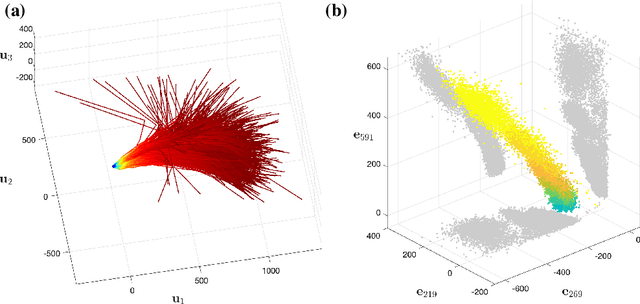
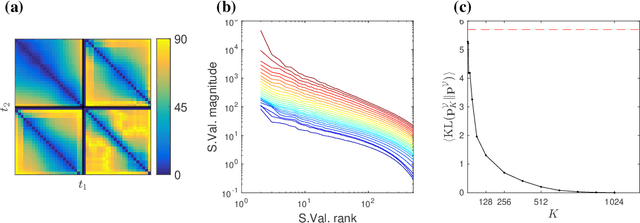
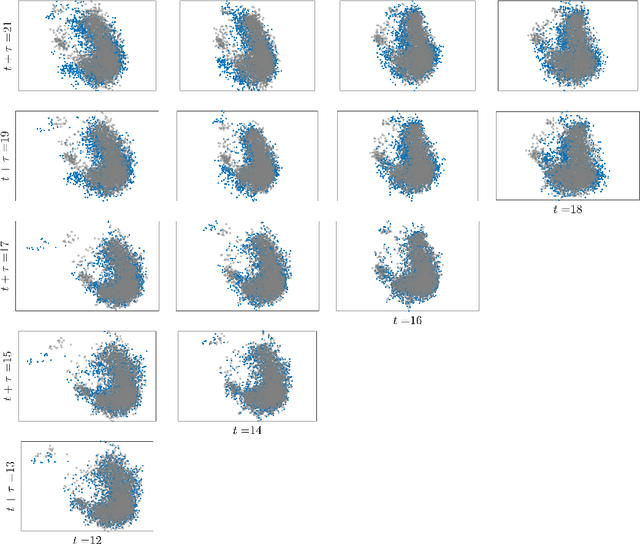
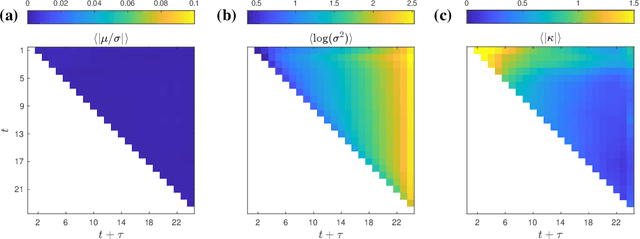
Abstract:Large Language Models achieve next-token prediction by transporting a vectorized piece of text (prompt) across an accompanying embedding space under the action of successive transformer layers. The resulting high-dimensional trajectories realize different contextualization, or 'thinking', steps, and fully determine the output probability distribution. We aim to characterize the statistical properties of ensembles of these 'lines of thought.' We observe that independent trajectories cluster along a low-dimensional, non-Euclidean manifold, and that their path can be well approximated by a stochastic equation with few parameters extracted from data. We find it remarkable that the vast complexity of such large models can be reduced to a much simpler form, and we reflect on implications.
LLMs learn governing principles of dynamical systems, revealing an in-context neural scaling law
Feb 01, 2024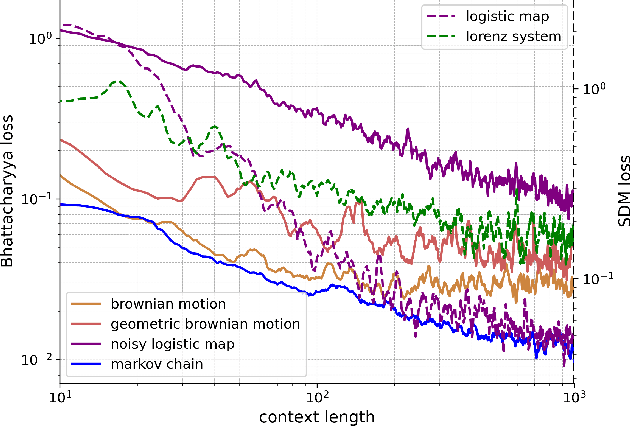
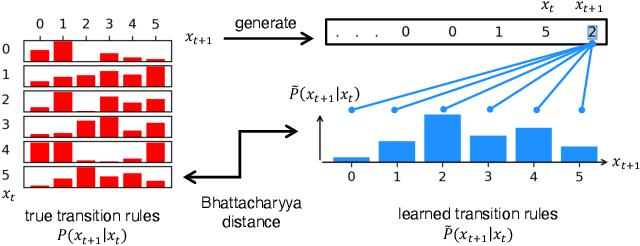
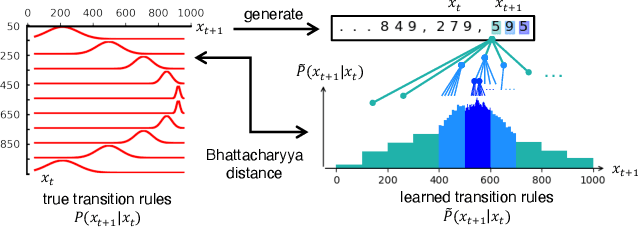
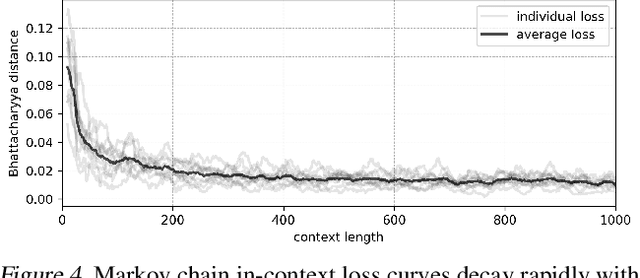
Abstract:Pretrained large language models (LLMs) are surprisingly effective at performing zero-shot tasks, including time-series forecasting. However, understanding the mechanisms behind such capabilities remains highly challenging due to the complexity of the models. In this paper, we study LLMs' ability to extrapolate the behavior of dynamical systems whose evolution is governed by principles of physical interest. Our results show that LLaMA 2, a language model trained primarily on texts, achieves accurate predictions of dynamical system time series without fine-tuning or prompt engineering. Moreover, the accuracy of the learned physical rules increases with the length of the input context window, revealing an in-context version of neural scaling law. Along the way, we present a flexible and efficient algorithm for extracting probability density functions of multi-digit numbers directly from LLMs.
Bayesian Deep Learning for Partial Differential Equation Parameter Discovery with Sparse and Noisy Data
Aug 14, 2021



Abstract:Scientific machine learning has been successfully applied to inverse problems and PDE discoveries in computational physics. One caveat of current methods however is the need for large amounts of (clean) data in order to recover full system responses or underlying physical models. Bayesian methods may be particularly promising to overcome these challenges as they are naturally less sensitive to sparse and noisy data. In this paper, we propose to use Bayesian neural networks (BNN) in order to: 1) Recover the full system states from measurement data (e.g. temperature, velocity field, etc.). We use Hamiltonian Monte-Carlo to sample the posterior distribution of a deep and dense BNN, and show that it is possible to accurately capture physics of varying complexity without overfitting. 2) Recover the parameters in the underlying partial differential equation (PDE) governing the physical system. Using the trained BNN as a surrogate of the system response, we generate datasets of derivatives potentially comprising the latent PDE of the observed system and perform a Bayesian linear regression (BLR) between the successive derivatives in space and time to recover the original PDE parameters. We take advantage of the confidence intervals on the BNN outputs and introduce the spatial derivative variance into the BLR likelihood to discard the influence of highly uncertain surrogate data points, which allows for more accurate parameter discovery. We demonstrate our approach on a handful of example applied to physics and non-linear dynamics.
Data-driven discovery of physical laws with human-understandable deep learning
May 01, 2021



Abstract:There is an opportunity for deep learning to revolutionize science and technology by revealing its findings in a human interpretable manner. We develop a novel data-driven approach for creating a human-machine partnership to accelerate scientific discovery. By collecting physical system responses, under carefully selected excitations, we train rational neural networks to learn Green's functions of hidden partial differential equation. These solutions reveal human-understandable properties and features, such as linear conservation laws, and symmetries, along with shock and singularity locations, boundary effects, and dominant modes. We illustrate this technique on several examples and capture a range of physics, including advection-diffusion, viscous shocks, and Stokes flow in a lid-driven cavity.
 Add to Chrome
Add to Chrome Add to Firefox
Add to Firefox Add to Edge
Add to Edge